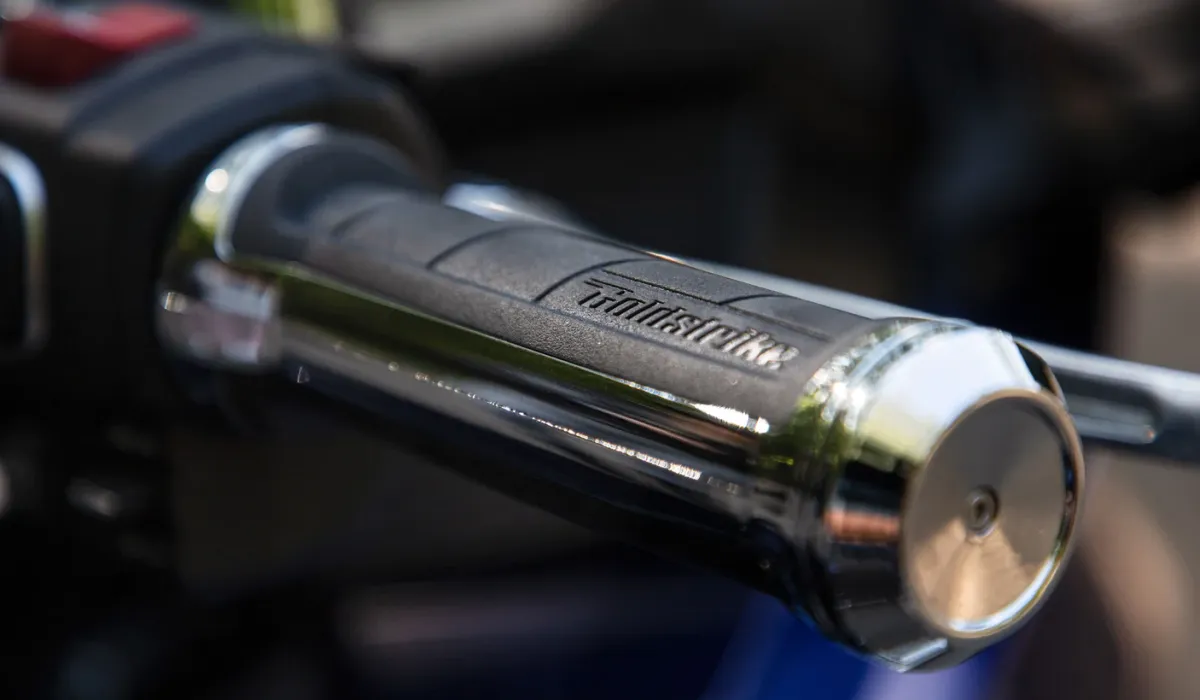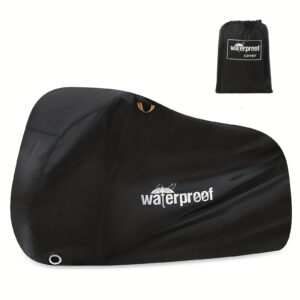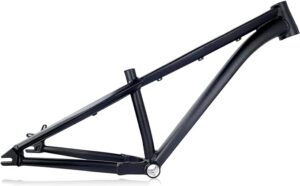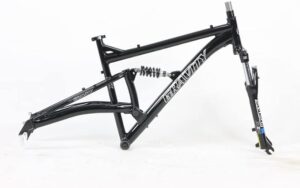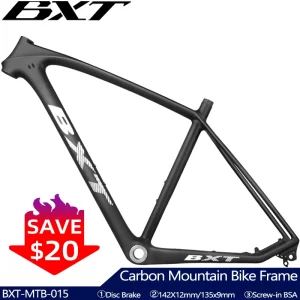When it comes to bicycle handlebars, the ability to maintain a secure and non-slip grip is vital to rider safety and control. Anti-slip design elements, including textures, grooves and materials, play a vital role in ensuring a secure grip on the handlebars in a variety of conditions. Let’s learn with me how the grip increases grip.
Texture and Patterns:
One of the primary anti-slip design elements is the texture or pattern on the surface of the grip. These textures are carefully engineered to enhance grip and prevent slippage. Common textures include diamond patterns, waffle patterns, and knurling. These patterns create micro-interactions with the rider’s hand, increasing friction and reducing the chances of slipping.
Grooves and Ridges:
Grooves and ridges are strategically placed on the handlebar grips to improve traction and hand placement. They offer multiple advantages, such as directing water or sweat away from the grip surface, channeling debris out of the way, and providing a tactile reference for hand positioning. These design elements make a significant difference in challenging riding conditions, such as wet or muddy trails.
Materials:
The choice of materials for handlebar grips plays a pivotal role in anti-slip performance. Rubber and silicone are common materials known for their natural grip-enhancing properties. They offer a tacky surface that ensures a strong hold even when wet. Additionally, some grips are designed with a dual-compound construction, where a softer outer layer enhances grip, while a firmer inner layer provides durability.
Cross-Hatch Patterns:
Cross-hatch patterns are diagonal lines etched into the grip’s surface, creating an X-like pattern. This design maximizes the points of contact between the hand and the grip, enhancing grip strength and control. Cross-hatch patterns are especially effective in off-road and mountain biking, where riders encounter rough and uneven terrains.
Lock-On Grips:
Lock-on grips feature an integrated clamping system that secures the grip to the handlebars. This design not only prevents slipping but also allows for easy installation and removal. Lock-on grips are preferred by many riders for their added security and convenience.
Selecting the Right Anti-Slip Design:
Choosing the right anti-slip design elements in your handlebar grips largely depends on your riding style and the conditions you encounter. Riders who frequently tackle wet and muddy trails may prioritize deep grooves and materials known for their water-shedding capabilities. Those who prefer a comfortable and tacky grip may opt for textured or cross-hatch patterns.
The anti-slip design elements in bicycle handlebar grips are instrumental in ensuring rider safety, control, and comfort. Whether you’re an avid mountain biker or a leisure cyclist, these design features contribute to a confident and secure grip, allowing you to navigate a variety of terrains with ease. When choosing your handlebar grips, consider the conditions you ride in and your personal preferences to select the design elements that best suit your needs for a superior cycling experience. If you want to know more about bicycle grips, feel free to read the rest of this site, where you can find the grips that are best for you.

